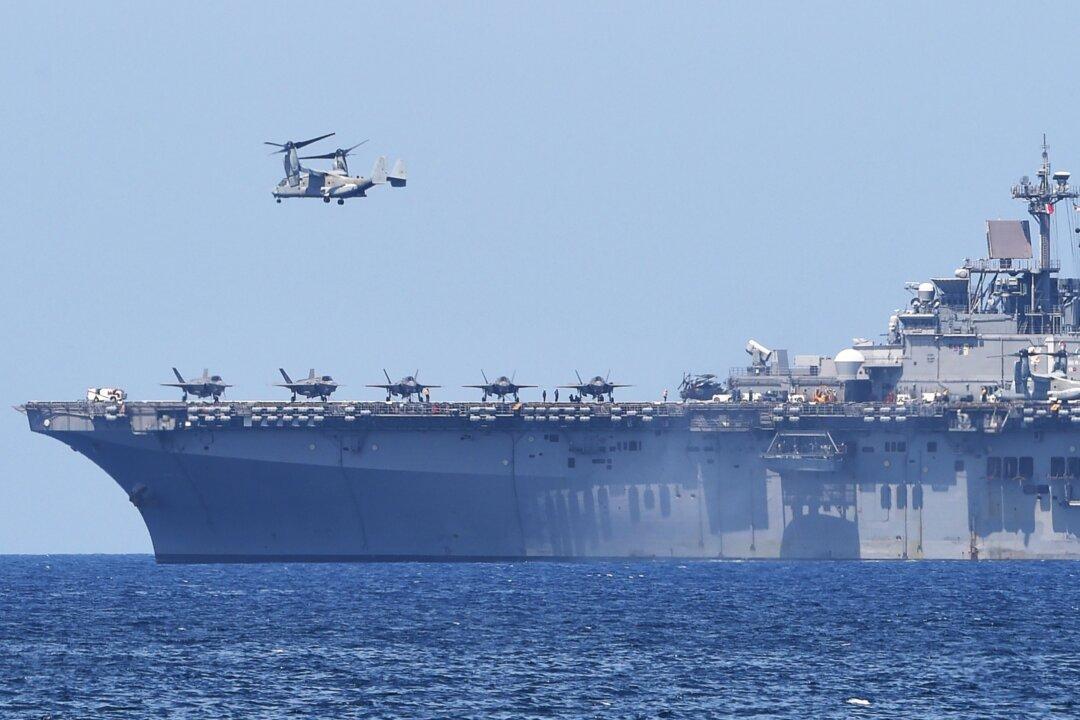The United States and the 10 nations of the Association of Southeast Asian Nations (ASEAN) in a historic first kicked-off joint-naval exercises in the Gulf of Thailand.
China has had decades of institutionalized security cooperation with ASEAN and held ASEAN-China naval exercises last October. China unsuccessfully tried in 2014 to ban ASEAN members from holding U.S. exercises by proposing a “Single Draft Negotiating Text” for its proposed “Code of Conduct with ASEAN” that “parties shall not hold joint military exercises with countries from outside the region, unless the parties concerned are notified beforehand and express no objection.”





